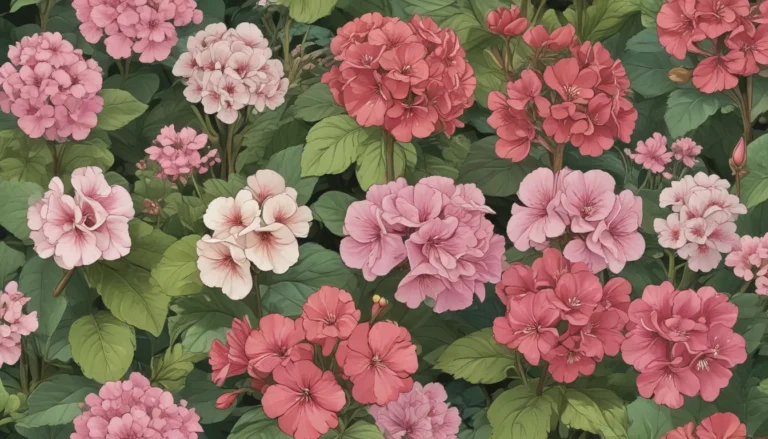Why and How to Tie Up Your Cabbage Heads: A Comprehensive Guide for Gardeners

Cabbage plants are a staple in many home gardens, known for their firm, round heads and large, loose outer foliage. While tying up cabbage heads may not be a required step in the growing process, there are several benefits to doing so. In this comprehensive guide, we will explore why and how to tie up cabbages in your garden.
What You’ll Learn
- Is Tying Worth It?
- How to Tie Up Cabbages
- An Easy Garden Experiment
Is Tying Worth It?
Head formation in cabbage plants is not dependent on binding the loose outer leaves. However, there are a few reasons why tying up the outer leaves can be beneficial. One key benefit is that it can help protect plants from pests such as slugs and snails. By creating a physical barrier with twine, you can prevent pests from accessing the inner leaves, reducing pest problems naturally.
Additionally, tying up cabbage heads can shield the inner leaves from intense sunlight, preventing discoloration and damage. This practice can also help save garden space by keeping the large outer leaves in check. Some varieties, like napa cultivars, are often tied up to produce tighter heads with softer foliage, a process known as “blanching.”
While there is no consensus on whether blanching makes a significant difference in plant health or flavor, many gardeners find it beneficial. Ultimately, the decision to tie up cabbage heads is a personal one, and you can experiment with a few plants to see if it works for you.
How to Tie Up Cabbages
If you decide to try tying up your cabbage plants, follow these simple steps:
- Wait until the head is about the size of a softball and has begun to firm up.
- Hold the inner leaves together and wrap the outer leaves around them to form a ball.
- Use soft garden twine to tie the outer leaves together a couple of inches below the tips.
- Tighten the string enough to hold the leaves in place without tearing them.
- Tie a loose knot that can be easily untied at harvest.
An Easy Garden Experiment
While tying up cabbage heads is not essential, it can be a useful practice in certain situations. Consider trying out this method as a garden experiment to see if it works for you. Have you tried tying up cabbage heads before? Share your experience and any questions in the comments section below!
For more helpful information on growing cabbage, check out these guides on:
- How to Plant and Grow Cabbage: A Fall and Spring Staple Crop
- How to Identify and Control Common Cabbage Pests
- Tips for Fixing Split Cabbage Heads
- Growing Winter Cabbage for a Late-Season Harvest
By exploring these resources, you can learn how to cultivate your best cabbage crop yet. Happy gardening!





